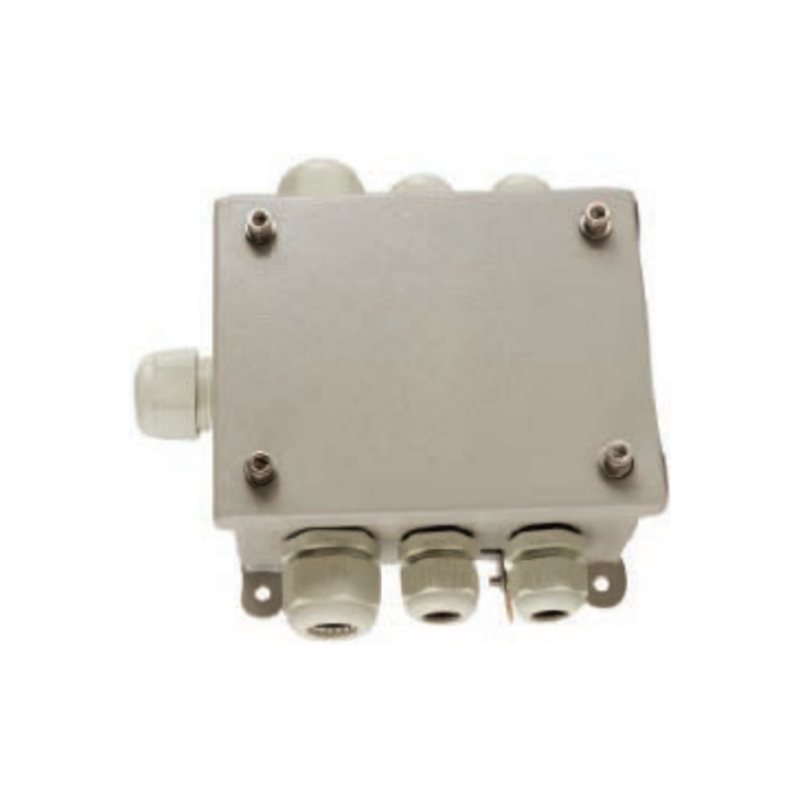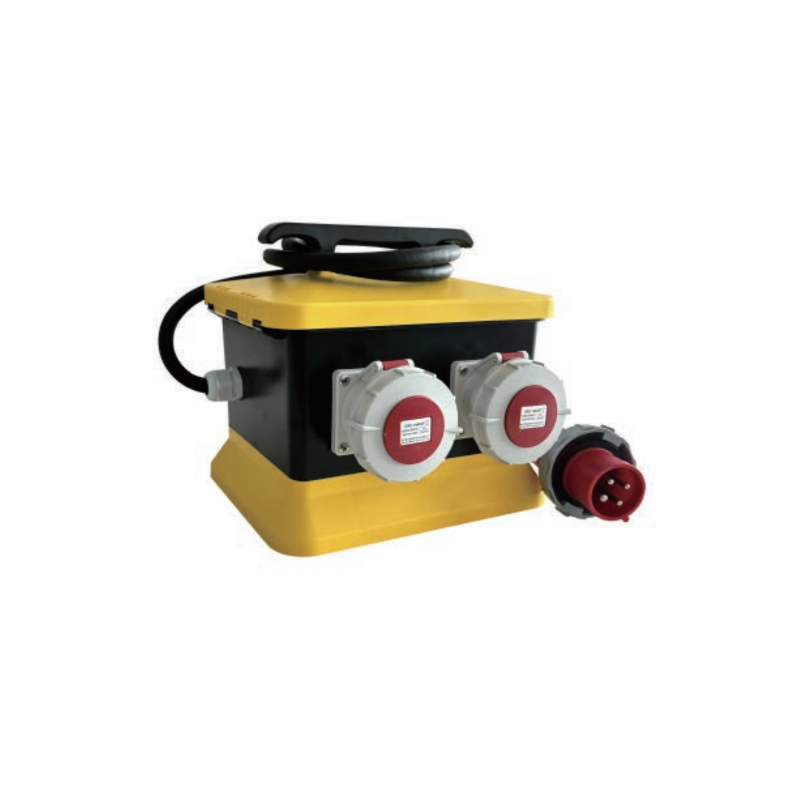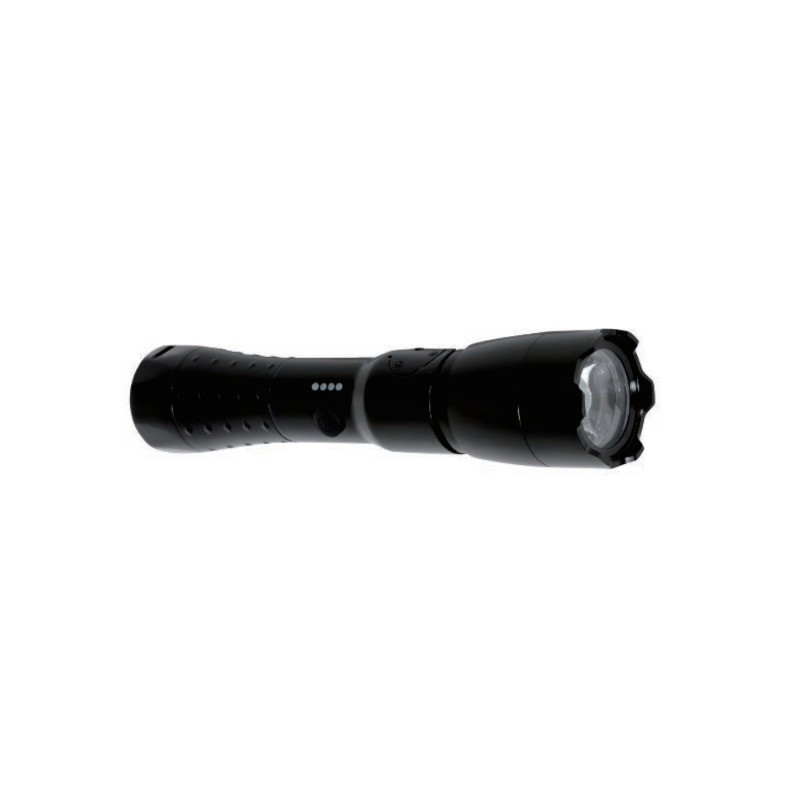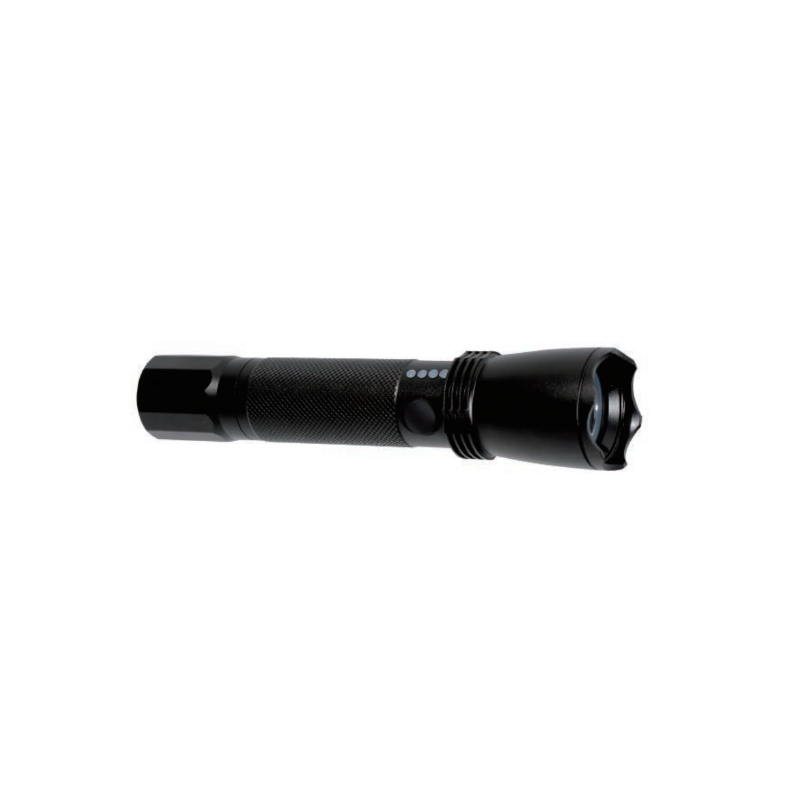Marine lights play a vital role in ensuring maritime safety and ship operation. They not only provide necessary lighting for night navigation and operations, but also convey information through specific signal lights to avoid collisions and promote smooth maritime traffic. The signals emitted by different types of lamps effectively support communication and safety management at sea and are an indispensable part of ensuring the safety of ships and their crews.

Several main importance and functions of marine lighting:
- Navigation safety: Navigation lights are one of the most basic safety equipment at night or in low visibility conditions. They help mark the location, type, size and navigation status of the ship, allowing other ships to identify and take appropriate avoidance measures in time, thereby reducing the risk of collision at sea.
- Operation lighting: Deck lights and other work lamps provide lighting for shipboard operations at night or under low light conditions, ensuring that crews can safely and efficiently complete tasks such as loading and unloading cargo, maintenance and inspection, and emergency operations.
- Life and safety: Cabin lights and emergency lighting not only ensure the brightness of the crew’s living area and meet basic life and work needs, but also provide instructions in emergencies to help the crew quickly find escape routes and safety equipment.
- Signaling: Signal lights and other iconic lighting equipment play a key role in communication between ships. They convey the ship’s intention, status and other important information through specific light signal patterns and are indispensable tools for maritime communication.
The need for regular maintenance and upkeep
Regular maintenance and upkeep of marine lights is a key factor in ensuring safe navigation and efficient operation of ships. Good maintenance habits not only extend the service life of lamps and reduce the possibility of failure, but are also crucial to ensuring crew safety and compliance with maritime regulations.
Here are a few top reasons to regularly maintain and service your marine lights:
- Improved safety: Proper operation of marine lights is critical for night navigation and low visibility conditions. Failure or performance degradation of lighting fixtures may result in an inability to correctly display the position and status of the ship, increasing the risk of collision. Regular inspection and maintenance ensure that lights perform their function reliably, thereby improving marine safety.
- Prevent failures: Through regular maintenance, potential problems can be discovered and repaired in time, preventing small problems from turning into major failures. This includes replacing aging bulbs, repairing damaged cables and connectors, and checking the sealing performance of light fixtures to ensure they are waterproof and corrosion-resistant.
- Cost Savings: Although scheduled maintenance requires time and resources, it can significantly reduce long-term operating costs compared to emergency repairs or replacements caused by lamp failure. Preventive maintenance helps avoid unplanned downtime and associated financial losses, ensuring continuity of navigation and operations.
- Comply with regulations: Maritime regulations and international standards have clear performance and maintenance requirements for ships’ lighting equipment. Regular maintenance and upkeep not only ensures that the performance of marine lighting fixtures meets the requirements of laws and regulations, but also ensures that the ship can successfully pass inspections by maritime agencies.
- Improve work efficiency: Good lighting conditions are the prerequisite for efficient work. Regular maintenance ensures that the lamps can provide sufficient and appropriate lighting to support the safety and efficiency of night operations and complex operations.
Common types of marine lights and their functions
| Type of Marine Lighting | Function |
|---|---|
| Navigation Lights | Used at night or in poor visibility to display the ship’s position, direction, and status. Mandatory under International Maritime Organization (IMO) regulations. Includes red (port side), green (starboard side), white (stern), and masthead lights (showing the ship’s length and width). |
| Deck Lights | Illuminates the ship’s deck area for night or low-light operations such as loading/unloading, cleaning, and maintenance. Usually high-intensity white lights, mounted on the ship’s superstructure or masts. |
| Cabin Lights | Provides lighting for the ship’s interior living and working areas, including engine rooms, cockpits, rest areas, and other living quarters. Includes ceiling lights, wall lights, and table lamps, usually designed with soft lighting to create a comfortable living and working environment. |
| Signal Lights | Used for visual signal communication between ships, such as warnings, status indications, and requests for assistance, following specific codes and rules. Includes swinging lamps, flashing lights, and semaphore signals. |
| Searchlights | Emits strong light beams for night searching, navigation assistance, and emergency lighting. Typically high-power, directionally adjustable lights, operated from the ship’s control points. |
| Emergency and Safety Sign Lighting | Provides lighting and indicates escape routes or the location of emergency equipment in case of an emergency, such as power failure. Includes emergency exit signs, escape route indicators, and self-contained emergency lights. |
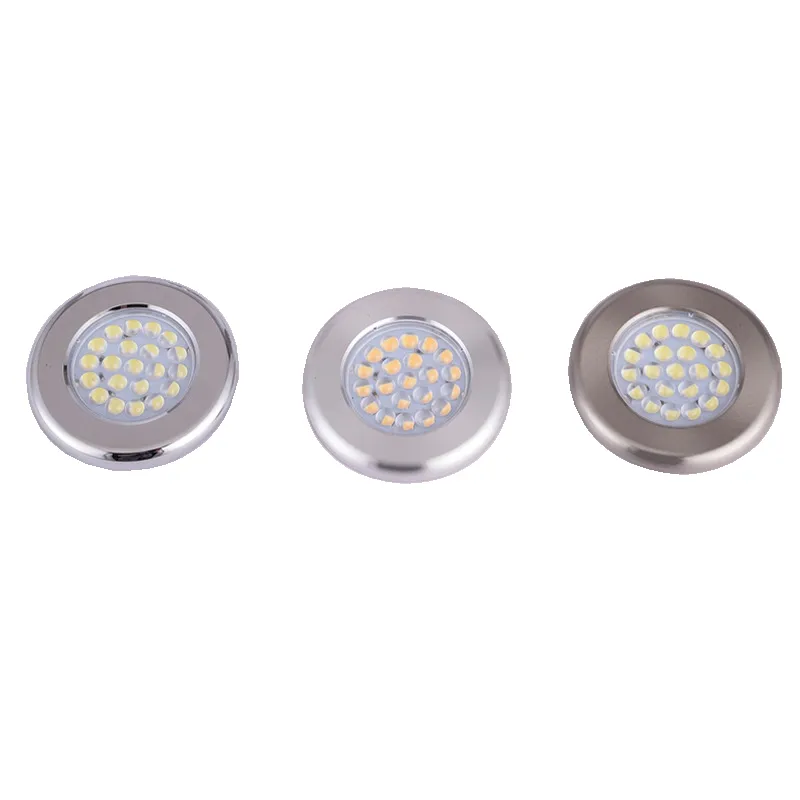
Basic principles of care and maintenance
The maintenance and care of marine lighting encompass several fundamental principles designed to ensure the lights perform reliably and effectively throughout their operational life. Adhering to these principles is crucial for maintaining safety standards and operational efficiency on board ships. Here are the key principles:
- Regular Inspection and Testing: Establish a routine schedule for inspecting and testing all marine lighting fixtures. This includes checking for any physical damages, ensuring all lights are functioning correctly, and that the illumination levels meet the required standards.
- Cleaning and Maintenance: Marine environments are harsh, and saltwater can corrode metal parts of lighting fixtures. Regular cleaning to remove salt deposits, dust, and other contaminants is essential. It’s also important to check for water ingress and ensure that seals and gaskets are intact.
- Waterproofing and Corrosion Protection: Given the exposure to moisture and salt, marine lighting fixtures must be waterproof and designed to resist corrosion. During maintenance, check the integrity of waterproof seals and apply anti-corrosive treatments as necessary.
- Timely Replacement of Components: Wear and tear are inevitable. Components like bulbs, wiring, and lenses may need replacement over time. Part of regular maintenance is identifying these components before they fail and replacing them promptly.
- Electrical System Checks: Ensure that the electrical connections and wiring are secure, free from corrosion, and properly insulated. This includes checking for any loose connections, frayed wires, or signs of electrical wear that could lead to failures.
- Adherence to Manufacturer’s Guidelines: Always refer to the manufacturer’s maintenance manual for specific instructions on caring for marine lighting fixtures. Manufacturers provide guidelines on cleaning procedures, replacement part specifications, and maintenance schedules.
- Record Keeping: Keep detailed records of all maintenance activities, including dates of inspections, any anomalies found, repairs made, and parts replaced. This documentation is crucial for tracking the performance and maintenance history of the lighting system.
- Training and Awareness: Ensure that crew members are trained in the proper maintenance procedures for marine lighting. Awareness of the importance of lighting in ensuring safety can motivate adherence to maintenance schedules.
Specific steps for maintenance and upkeep
The maintenance and care of marine lighting involve a series of specific steps designed to ensure the lighting systems remain in optimal working condition, providing safety and visibility on board. Here are the detailed steps for the maintenance and care of marine lighting:
- Inspection
- Visual Inspection: Regularly inspect all lighting fixtures for signs of damage, corrosion, or wear. Pay particular attention to seals and enclosures to ensure they are intact and free from cracks or breaks that could allow moisture ingress.
- Functional Testing: Test all lights for proper operation, including navigation lights, deck lights, cabin lights, and emergency lighting. Ensure they turn on and off correctly and provide the expected level of illumination.
- Cleaning
- Exterior Cleaning: Clean the exterior of lighting fixtures to remove salt, dirt, and debris. Use a soft cloth and a mild detergent suitable for the fixture material to avoid damage.
- Lens Cleaning: Clean the lenses of the lights to ensure maximum light output. Use a non-abrasive cleaner and a soft cloth to prevent scratching the lens.
- Corrosion Control
- Inspection and Treatment: Check for signs of corrosion on the fixture and its mounting hardware. Treat any found corrosion and apply protective coatings as needed to prevent further corrosion.
- Seal Checks: Ensure that all seals are intact and not showing signs of wear. Replace any seals that are damaged or deteriorated to maintain the waterproof integrity of the fixture.
- Electrical Maintenance
- Connection Checks: Inspect all electrical connections for signs of corrosion, looseness, or damage. Tighten any loose connections and replace any corroded components.
- Wiring Inspection: Check the wiring for fraying, cuts, or other damage. Replace damaged wiring to prevent electrical failures.
- Component Replacement
- Bulb Replacement: Replace bulbs that have burned out or are nearing the end of their expected life span. It’s often beneficial to replace bulbs in pairs or sets to ensure consistent illumination.
- Spare Parts: Keep a stock of essential spare parts, such as bulbs, lenses, and seals, on board for quick replacements when needed.
- Record Keeping
- Maintenance Logs: Maintain detailed records of all maintenance activities, including inspections, cleanings, repairs, and replacements. This helps in planning future maintenance and identifying recurring issues.
- Training
- Crew Training: Ensure that crew members are trained in proper maintenance procedures and understand the importance of marine lighting for safety. Regular training sessions can help maintain high standards of maintenance.
- Compliance with Regulations
- Regulatory Compliance: Familiarize yourself with and adhere to international and local maritime regulations concerning marine lighting. Ensure that all lighting fixtures meet the required standards and certifications.
Frequently asked questions and solutions
1. Why do my navigation lights keep failing?
Solution: Navigation light failures can be due to several reasons, including corrosion of electrical contacts, water ingress, bulb failure, or wiring issues. Regular inspections and maintenance, including checking for and repairing any signs of corrosion, ensuring seals are intact, and replacing any damaged bulbs or wires, can help prevent these failures.
2. How can I prevent corrosion on my marine lighting fixtures?
Solution: To prevent corrosion, ensure that all lighting fixtures are correctly sealed against moisture. Regularly clean fixtures to remove salt and debris, and apply anti-corrosive treatments as recommended by the manufacturer. Also, inspect and replace any damaged parts that may allow moisture ingress.
3. What should I do if my lights are dimmer than usual?
Solution: Dimming lights can be a sign of aging bulbs, poor electrical connections, or issues with the power supply. Replace any old bulbs, check and clean all electrical connections, and ensure the power supply is adequate and functioning correctly.
4. How often should I replace the bulbs in my marine lighting?
Solution: The frequency of bulb replacement depends on the type of bulb, usage, and manufacturer’s recommendations. As a preventive measure, consider replacing bulbs before they reach the end of their expected lifespan, especially if they are critical for safety, such as navigation lights.
5. Can I use any bulb for my navigation lights, or do they need to be specific types?
Solution: It’s crucial to use only the bulbs specified by the manufacturer for your navigation lights. Using incorrect bulbs can affect the light’s color, intensity, and angle of visibility, potentially leading to non-compliance with maritime regulations and compromising safety.
6. What should I do if water gets inside a light fixture?
Solution: If water enters a light fixture, turn off the power to the light, disassemble it (if possible), and thoroughly dry all components. Check and replace any damaged seals or gaskets. Before reassembling, inspect for any damage that may have allowed water ingress and repair as necessary.
7. How do I maintain the electrical connections for my marine lighting?
Solution: Maintain electrical connections by periodically checking for and cleaning any corrosion with a suitable electrical contact cleaner. Tighten loose connections and replace any damaged wiring or components. Use dielectric grease to protect connections in harsh marine environments.
8. What maintenance is required for LED marine lights?
Solution: LED lights generally require less maintenance than traditional bulbs but still need regular inspections for damage, cleanliness, and water ingress. Also, check the electrical connections and drivers for any signs of failure.

Safety Precautions
When maintaining and caring for marine lighting, adhering to safety precautions is crucial to prevent accidents, ensure personal safety, and protect the equipment. Here are some essential safety precautions to follow:
1. Disconnect Power Before Maintenance
- Always turn off the power supply to the lighting system before starting any maintenance or repair work. This precaution helps prevent electrical shocks and short circuits.
2. Use Proper Tools and Equipment
- Utilize the correct tools and equipment designed for the specific maintenance tasks of marine lighting. This ensures the work is done safely and effectively, preventing damage to the lighting fixtures or injury to the person performing the maintenance.
3. Wear Protective Gear
- Depending on the task, use appropriate personal protective equipment (PPE), such as gloves, safety glasses, and non-slip shoes. This gear can protect against electrical shocks, sharp edges, and other potential hazards.
4. Be Cautious of Working at Heights
- When maintaining lights that are high up, such as masthead lights, use secure ladders or harnesses. Ensure you follow proper procedures for working at heights to prevent falls.
5. Avoid Water Exposure
- Since marine lighting operates in a wet environment, be cautious to prevent water from contacting electrical components during maintenance. Ensure all fixtures are dry and seals are intact before reconnecting power.
6. Follow Manufacturer’s Instructions
- Always adhere to the maintenance guidelines and safety instructions provided by the lighting manufacturer. These instructions are designed to ensure the safety of the user and the proper functioning of the lighting system.
7. Be Aware of Environmental Conditions
- Perform maintenance during favorable weather conditions to avoid the risks associated with high winds, rain, or rough seas, which could compromise safety during the maintenance process.
8. Secure the Work Area
- Ensure the work area is well-organized and secured from unauthorized access, especially in hazardous areas or when working with electrical components. This prevents accidents and interference with the maintenance process.
9. Ventilation
- When using chemical cleaners or anti-corrosive treatments, ensure adequate ventilation to avoid inhaling fumes. Some substances used in maintenance can be hazardous to health without proper ventilation.
10. Emergency Procedures
- Be familiar with and ready to implement emergency procedures in case of an accident. Knowing how to quickly cut off power and administer first aid can be critical in preventing serious injuries.
In conclusion
By understanding the common types of marine lighting, their functions, and the specific maintenance requirements, marine operators can prevent potential failures and ensure compliance with international maritime regulations. The steps and principles outlined for maintaining marine lighting underscore the importance of a proactive approach to maintenance, emphasizing regular checks, timely repairs, and adherence to safety standards.
Safety precautions are not just a set of guidelines but are fundamental to protecting the crew and equipment during maintenance activities. Proper training, the use of appropriate tools and protective gear, and awareness of the working environment are key to preventing accidents and ensuring a safe working atmosphere.
Ultimately, the goal is to ensure that marine lighting systems function as intended, providing necessary illumination for navigation, signaling, and safety, thereby contributing to the overall safety and efficiency of maritime operations. By prioritizing the maintenance and care of marine lighting, ship operators can significantly enhance navigational safety, comply with regulatory requirements, and ensure the well-being of the crew and the protection of marine ecosystems.


